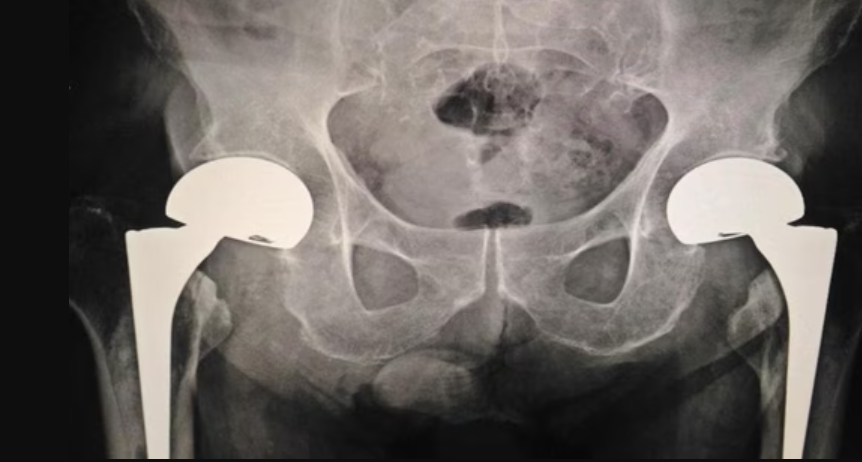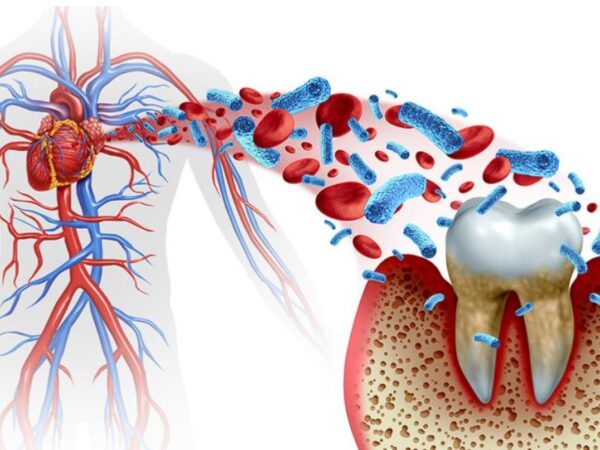A recent study found the effectiveness of Arthroscopy for the treatment of borderline hip dysplasia (BHD) in young individuals. The study suggests that primary arthroscopy helps in eliminating the need for hip replacement surgery by improving symptoms and functions. The process could be effective in a majority of instances.
The finding of the study is based on ten-year follow-up data that suggests the effectiveness of arthroscopy for the treatment of BHD. The research was conducted by Benjamin G. Domb who serves as an MD in American Hip Institute, Chicago.
The debate over the best treatment for BHD is universal and many are trying to find a permanent solution. However, surgery (Periacetabular Osteotomy) is still considered a standard treatment to reconstruct and reposition the hip joint. Arthroscopy is considered a less-invasive alternative procedure due to its short-to-medium-term follow-up in effectiveness.

image source:https://www.hindustantimes.com/ht-img/img/2023/05/03/550×309/_2ea54d7a-d4d8-11e7-8802-68a15924f886_1683095265571.jpg
The findings of the research were published in a journal named Bone and Joint Surgery. According to the authors of the journal, it is unclear whether arthroscopy is Temporary or Definitive solution. To address this concern, Dr. Domb and his colleagues shared their experience of primary arthroscopic surgery for BHD.
The patients requiring BHD treatment were young; mean age of 31 years, and most of them were female (38 of 45 patients). For BHD diagnosis, standard radiographic criteria should be met; a lateral center-edge angle between 18 to 25 degrees. Arthroscopic surgery included preservation of the cartilage lining the labrum and tightening (placation) of the joint capsule.
To access the need for conversion to THA, all patients had 10-year follow-up data. This data included patient-reported ratings of symptoms and hip function as well, which further helps in the study. An average of about five and a half years after arthroscopy, 8 of 35 patients underwent THA during follow-up. After primary arthroscopy, about 4 of 5 patients with BHD could expect to remain free of THA for at least 10 years.
When the results were analyzed, the patients who underwent THA seemed to be heavier and older than those who did not. After a thorough examination of other factors, the likelihood of THA was 4.4 times higher with a body mass index of 23kg/m2 or more. And those who were 42 years or older, the likelihood of THA was 7.1 times higher.
What is BHD
Hip Dysplasia is a medical condition in which a person’s acetabulum (hip socket) does not fully cover the ball-like head at the top of the femur (thighbone). Most of the cases of BHD were reported in newborn babies, which means most of the people born with this disease. Borderline dysplasia is typically found in young adults and is considered a mild form of hip dysplasia.
A person with BHD may face several difficulties due to the significance of this joint in our body. The hip joint supports much of our body’s weight and allows us to move the upper leg. Any damage to this joint will impact your movement of the body. The symptoms of this condition include, pain during hip movement, reduced hip stability, unstable sensation in the hip, osteoarthritis, etc.




